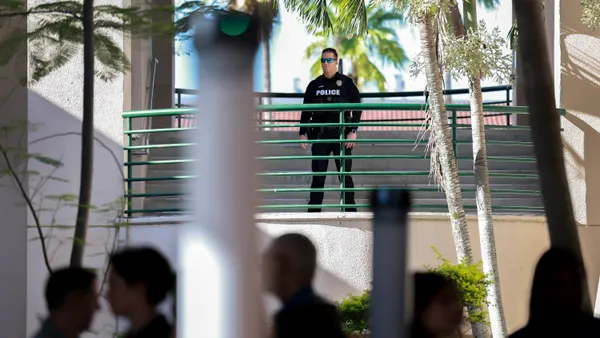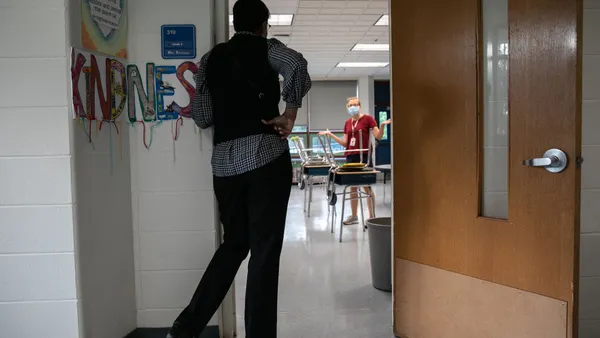Nearly half of state education agencies have, as of Nov. 7, requested and received permissions from the U.S. Department of Education to extend the spending deadline for the first round of federal COVID-19 relief funds directed to districts and states. Another six states have been approved for spending extensions for the second round of federal pandemic funds, according to the Education Department.
In total, these states are extending spending deadlines for $258.4 million, or about 0.34% of the allocated funds.
The minuscule amount of extended spending could indicate states and their districts have, for the most part, been able to spend down all their funds from the first two rounds of pandemic relief aid directed toward K-12.
Indeed, FutureEd, a think tank at Georgetown University's McCourt School of Public Policy, reports that as of last month, more than 99% of the Elementary and Secondary School Emergency Relief I fund has been spent, as has nearly 87% of ESSER II.
ESSER I's obligation deadline was Sept. 30, 2022, and ESSER II's deadline was Sept. 30, 2023. The largest and last COVID emergency relief allocation — ESSER III, which is part of the American Rescue Plan — has an obligation deadline of Sept. 30, 2024.
The Education Department has provided flexibility to states and districts to extend the spending deadlines by 14 months for each ESSER allocation.
Earlier this year, the Education Department said reasons cited by states making late liquidation requests for longer spending timelines included challenges with staff shortages, supply chain disruptions and the reallocation of funds reserved for equitable services for participating nonpublic schools.
Spending extension requests are made by state education agencies on behalf of districts for ESSER allocations and for state spending under the Governor’s Emergency Education Relief (GEER) fund.
State and local education leaders are awaiting more details from the Education Department about the late liquidation process for ESSER III funds. Districts have less than a year to plan for the spend-down of that $121.9 billion fund. Any of those funds not obligated by Sept. 30, 2024, will need to be returned to the federal government.
The late liquidation process is a "confusing, evolving story," said Marguerite Roza, director of Edunomics Lab, an education funding research center at Georgetown University’s McCourt School of Public Policy, said during a Nov. 2 Edunomics webinar.
Roza said district administrators are worried that late liquidation requests may be rejected by state officials or questioned by auditors. Vendors also have concerns of the possibility that agreements with school systems for payment extensions will hit snags due to the late liquidation approval process.
"I think that most districts are going to try to spend it [ESSER funds] down if they can," Roza said.
Edunomics Lab recommends state education agencies and communities monitor districts' ESSER III spending rate, and if spending seems slow, they create a plan and support for making sure the one-time funds are used.






 Dive Awards
Dive Awards






